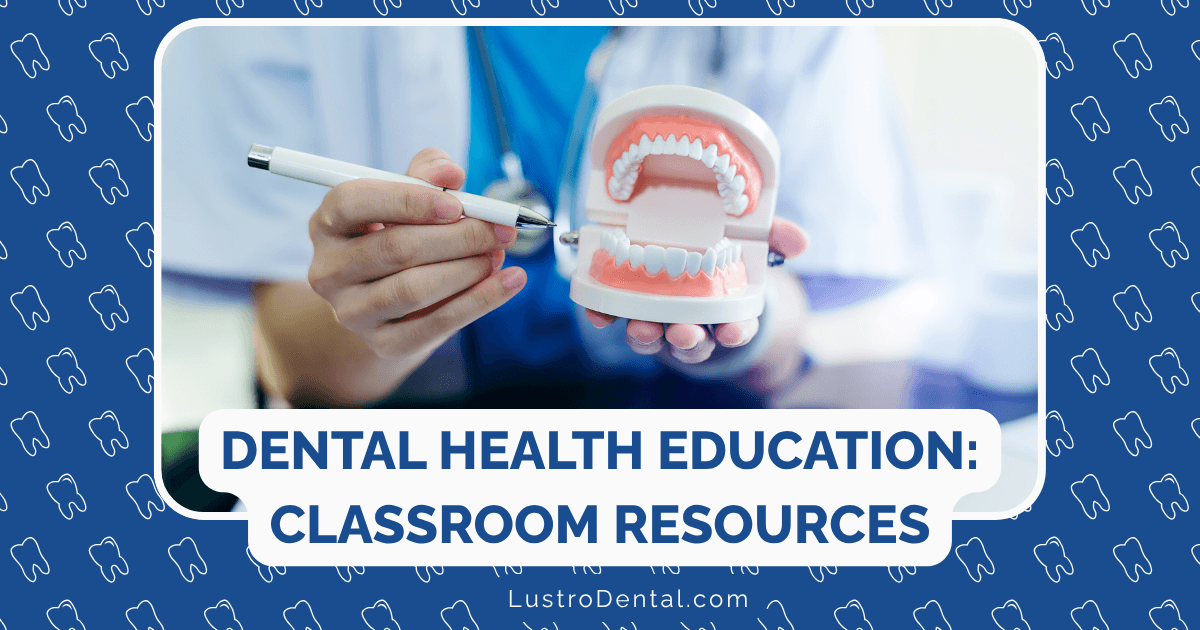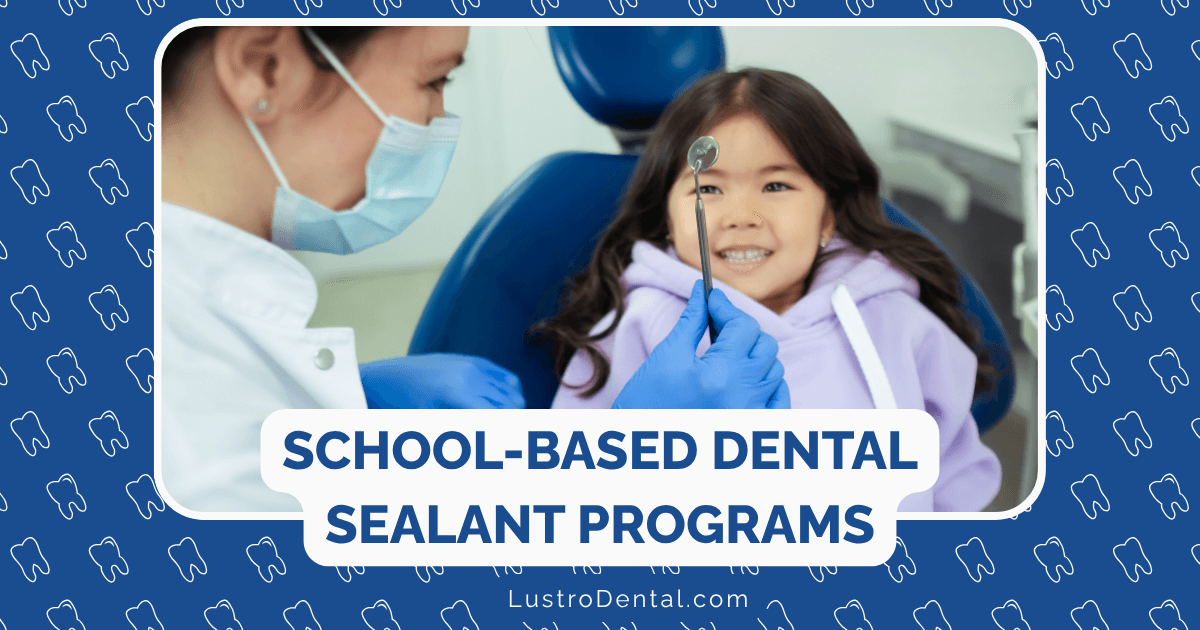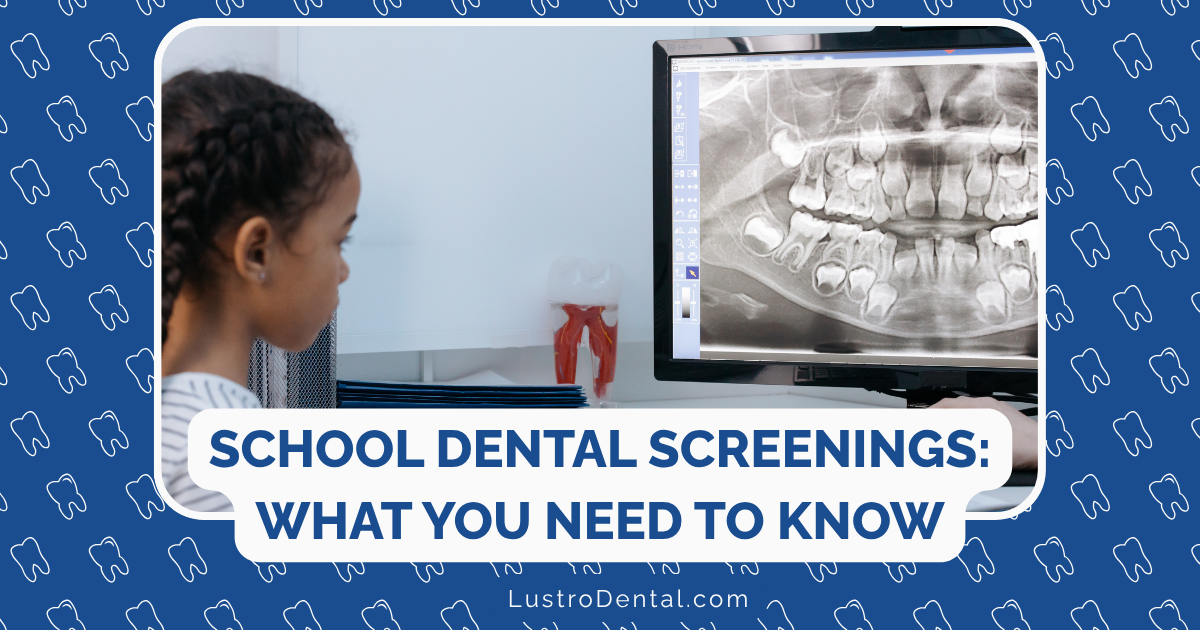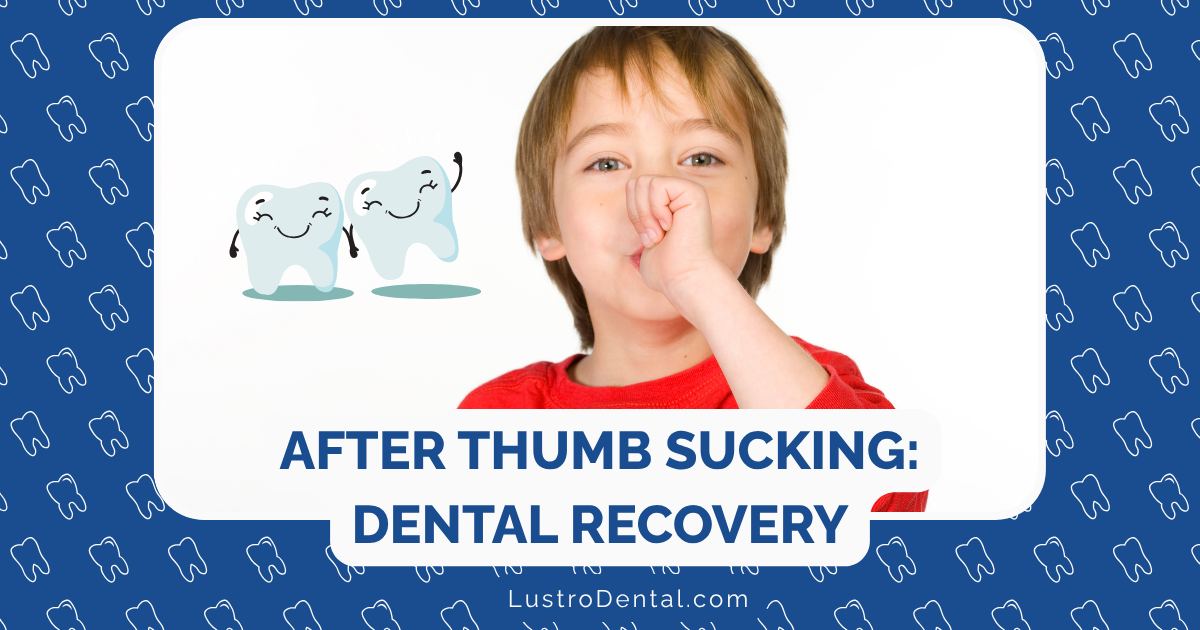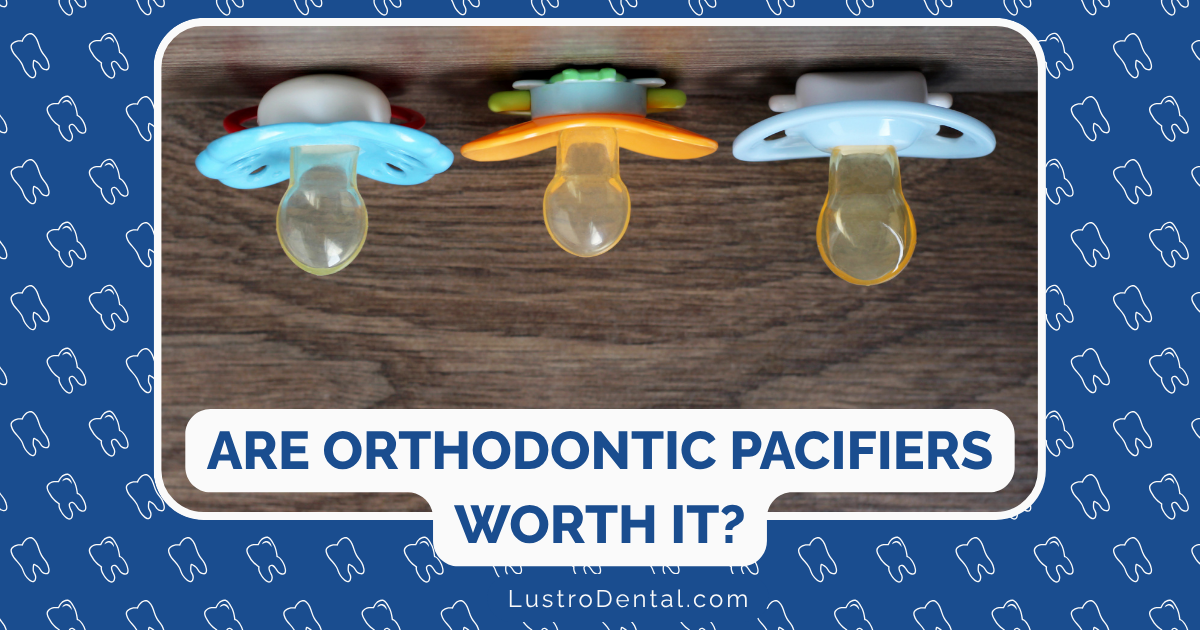How School Lunch Programs Affect Children’s Dental Health
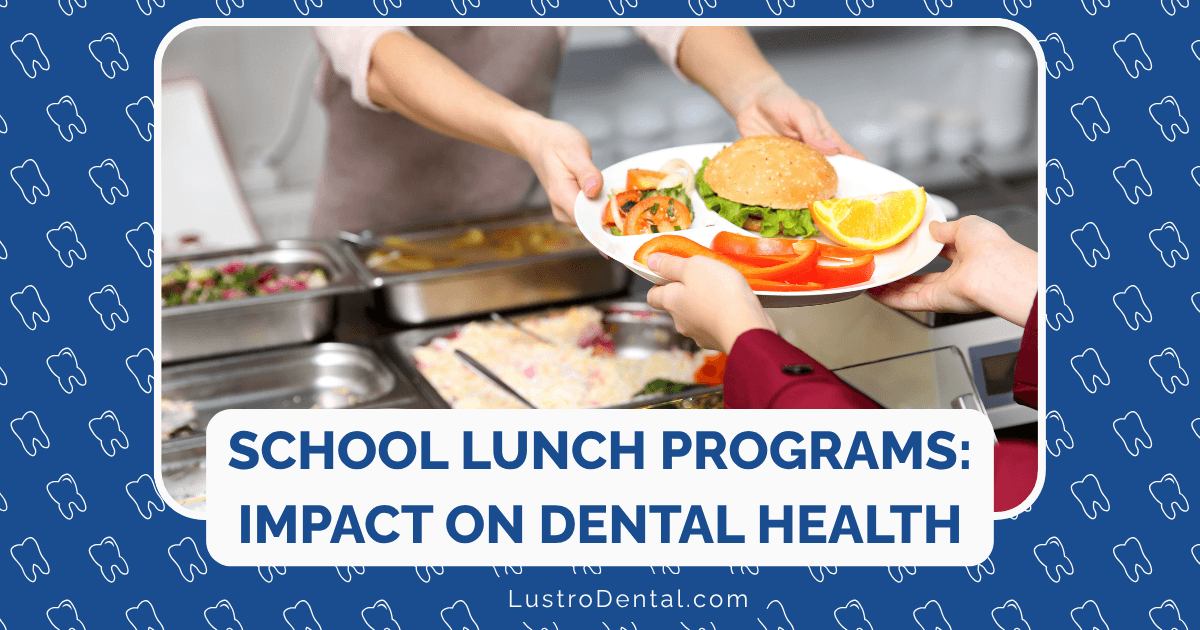
When I visit elementary schools to talk about dental health, I often ask kids what they had for lunch that day. Their answers—pizza, chocolate milk, fruit cups, and cookies—paint a concerning picture for their dental health. While these foods might satisfy hungry students, they’re often secretly undermining the very smiles I’m there to help protect.
The National School Lunch Program serves nearly 30 million children daily, making it one of the most influential factors in many children’s nutritional intake—and by extension, their dental health. What happens in school cafeterias across America isn’t just a matter of satisfying hunger; it’s shaping the future of our children’s oral health.
The Hidden Dental Impact of School Meals
The Sugar-Tooth Connection
Let’s start with the science: When children consume sugary foods and drinks, the bacteria in their mouths feast on these sugars and produce acids. These acids attack tooth enamel for up to 20 minutes after eating, gradually weakening it and potentially leading to cavities. According to the Centers for Disease Control and Prevention, tooth decay affects more than half of children aged 6-8 years.
What makes school lunches particularly problematic is the timing. Most students don’t (or can’t) brush their teeth after lunch, meaning those sugars and acids remain in contact with their teeth throughout the afternoon. This extended exposure significantly increases the risk of dental decay.
Typical School Lunch Offerings: A Dental Perspective
A typical school lunch tray might include:
- Flavored milk – While nutritious, chocolate milk contains up to 10 grams of added sugar per 8-ounce serving
- Canned fruit in syrup – Contains both natural and added sugars plus acidity that can erode enamel
- White bread products – Refined carbohydrates that break down into sugars in the mouth
- Desserts or sweet snacks – Often included to encourage participation in school lunch programs
Research published in the Journal of the Academy of Nutrition and Dietetics found that 92% of school breakfasts and 69% of lunches contained 10% or more of calories from added sugars—exceeding recommendations from the Dietary Guidelines for Americans.
Beyond Sugar: Other Dental Concerns
It’s not just sugar that affects dental health. School lunches often present other challenges:
- Sticky foods like fruit leathers and chewy granola bars that cling to teeth
- Acidic offerings like tomato-based sauces and citrus fruits that can erode enamel
- Processed snacks with hidden sugars and simple carbohydrates
- Limited access to water to rinse away food particles and acids
The Equity Dimension: Who’s Most Affected?
The dental impact of school lunches doesn’t affect all children equally. According to research published in the National Library of Medicine, there are significant disparities:
- Children from low-income families are more likely to rely heavily on school meals for their daily nutrition
- Students in food-insecure households consume more added sugars on average (78.9 grams/day) than their food-secure peers
- Black and Latino children participate in school meal programs at higher rates and experience disproportionately higher rates of untreated tooth decay
For many children, school meals represent their most reliable source of nutrition. This creates a challenging situation where the very programs designed to support children’s health may inadvertently contribute to dental problems—especially for those with limited access to dental care.
Policy Changes on the Horizon
The good news is that positive changes are coming. The USDA has finalized new nutrition standards for school meals that will be phased in starting July 1, 2025, with full implementation expected by the 2027-28 school year. These changes directly address some of the dental health concerns:
- Added sugar limits will be implemented for the first time, targeting breakfast cereals, yogurts, and flavored milks
- By 2027-28, schools must limit total added sugars to no more than 10% of calories per meal
- Sodium reductions of 15% for lunches and 10% for breakfasts will be required
- Whole grain requirements will continue to ensure at least 80% of grains are whole grain-rich
These changes align with the 2020-2025 Dietary Guidelines for Americans and represent a significant step forward for children’s dental health. The USDA’s School Nutrition Standards Updates provide more detailed information on these upcoming changes.
What Schools Are Doing Right
Despite the challenges, many school districts are already implementing innovative approaches to improve the dental health impact of their meal programs:
Water Availability
Schools that have installed water bottle filling stations and encourage water consumption throughout the day help students rinse away food particles and acids. The CDC’s Water Access in Schools initiative promotes increased water availability in schools.
Fresh Fruit Instead of Processed Options
Schools that offer whole, fresh fruits rather than canned varieties in syrup provide students with the nutritional benefits of fruit with less added sugar and acidity. The fibrous texture of fresh fruits can even help clean teeth as children chew.
Dairy Without Added Sugars
Plain milk, cheese, and unsweetened yogurt offer the calcium and protein benefits without the dental downsides of added sugars. Some schools are experimenting with flavoring milk using natural extracts rather than sugar.
Education Integration
The most forward-thinking schools integrate nutrition and dental health education into their lunch programs. Simple table tents with facts about food choices and dental health can help students make connections between what they eat and how it affects their teeth.
Practical Solutions for Parents
If you’re concerned about how school lunches might be affecting your child’s dental health, consider these practical steps:
Pack Strategic Lunches When Possible
If you have the resources to pack lunches, focus on:
- Crunchy vegetables with hummus
- Cheese sticks or cubes
- Plain yogurt with fresh fruit
- Whole grain crackers or bread
- Water or plain milk
Teach Rinsing Habits
Even if brushing isn’t possible at school, encourage your child to rinse with water after eating. This simple habit can help remove some food particles and dilute acids.
Provide a “Rescue Kit”
For older children, consider sending a small dental care kit that includes:
- Travel-sized toothbrush and toothpaste
- Xylitol gum (which can help neutralize acids and stimulate saliva)
- Small floss picks for removing trapped food
Communicate With Schools
Don’t underestimate your power as a parent to influence school policies:
- Join the school wellness committee
- Speak up at school board meetings about nutrition guidelines
- Collaborate with other parents to advocate for healthier options
The Bigger Picture: Advocacy for Change
While individual actions matter, systemic changes will have the greatest impact on children’s dental health. Consider supporting:
Universal Free School Meals
Programs that provide free meals to all students regardless of income level have been shown to increase participation and provide opportunities to serve more nutritious foods. The Food Research & Action Center advocates for such policies.
Farm-to-School Programs
These initiatives connect schools with local farms to serve fresh, minimally processed foods while supporting local agriculture. Learn more from the National Farm to School Network.
Dental Health Integration in School Health Services
Advocate for school-based dental sealant programs, which the CDC identifies as an effective strategy for preventing cavities among schoolchildren.
Conclusion: Balancing Nutrition and Dental Health
School lunch programs face the challenging task of balancing many competing priorities: nutrition, affordability, appeal to students, ease of preparation, and now, dental health impacts. The upcoming USDA guidelines represent progress, but real change will require continued attention from parents, educators, health professionals, and policymakers.
As we work toward solutions, let’s remember that the goal isn’t to demonize school meals but to optimize them—to ensure they nourish children’s bodies without compromising their dental health. After all, a healthy smile is essential not just for eating those school lunches but for the confidence and well-being of every child.
What changes would you like to see in your local school’s lunch program? Have you noticed any connection between your child’s school meals and their dental health? Share your experiences and ideas in the comments below.


